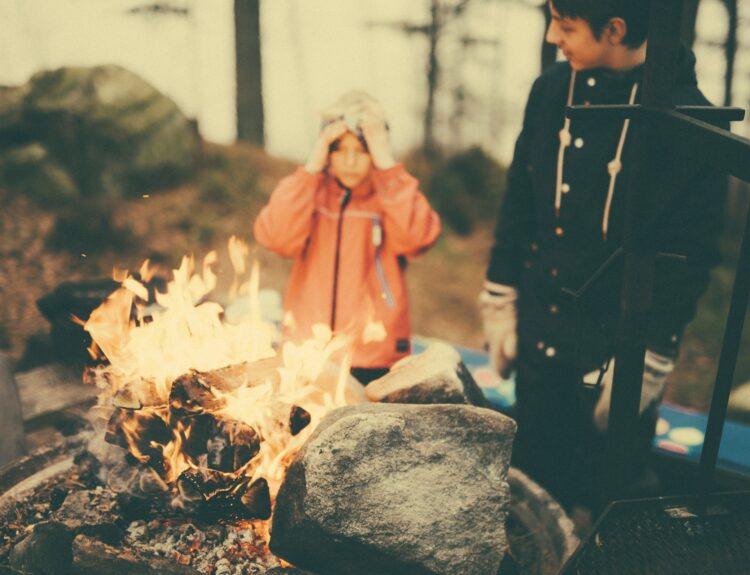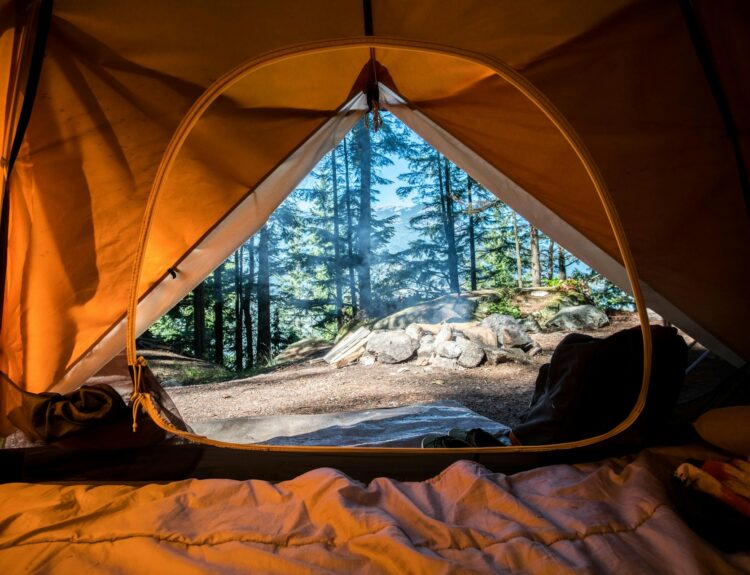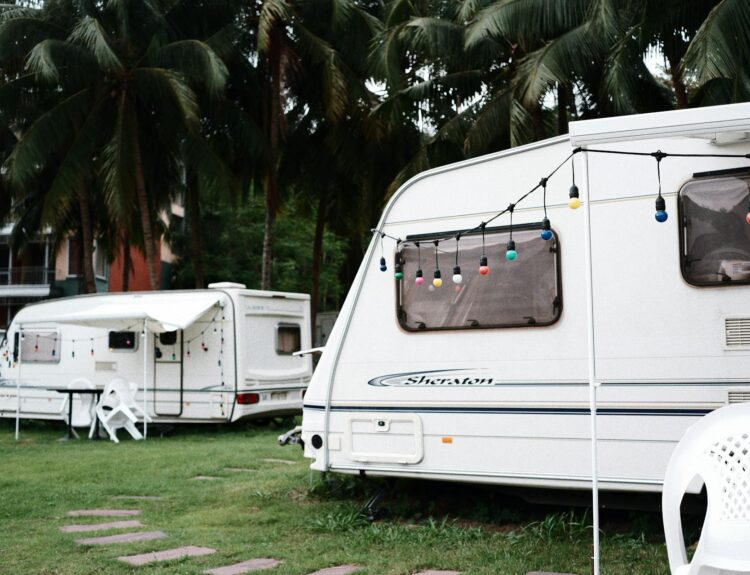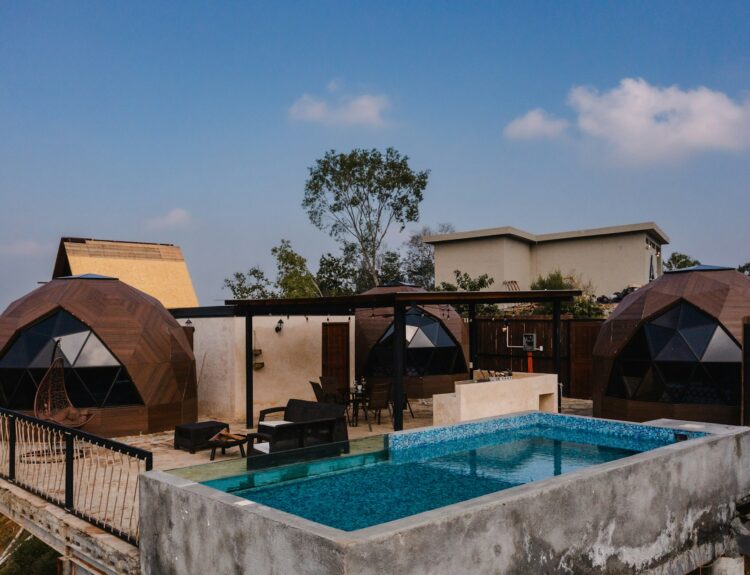5 Best Designed RV Park Websites: Find out why your site ranks so low
Experts estimate that Google considers around 200 different criteria when ranking and featuring the best designed RV park websites. The elements you include on your page determine how far up your site appears in web search results. For small businesses, figuring out how to snag one of the coveted, top-five positions can feel like a guessing game. The good news is...











